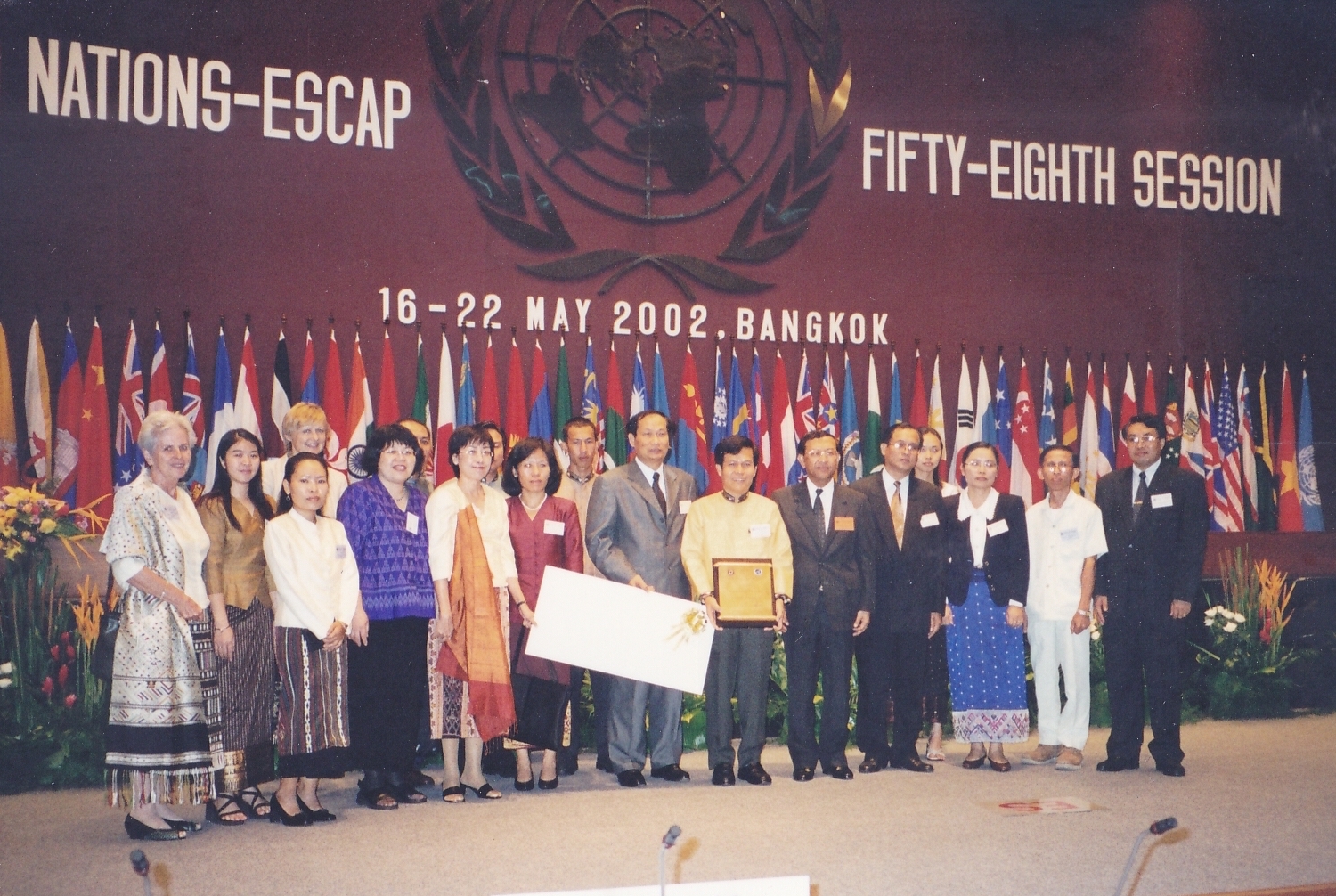 International Commission of Jurists: 17 January 2013
International Commission of Jurists: 17 January 2013
The ICJ calls on the ASEAN Intergovernmental Commission on Human Rights (AICHR) to take an active role in determining the fate and whereabouts of Sombath Somphone, a community leader in Laos.
The ICJ also calls on the AICHR to fulfill its mandate under Article 4, paragraph 1.11 of its Terms of Reference, and develop a common position and strategy for tackling the serious problem of enforced and involuntary disappearances in the ASEAN region.
This position must aim towards hastening the resolution of cases of enforced and involuntary disappearances in the region, as well as effectively preventing these violations in the future.
Sombath Somphone is the founder and former director of the Participatory Development Training Center (PDTC) and 2005 recipient of the prestigious Ramon Magsaysay Award for Community Leadership.
He also led Laos’ civil society groups in participating at the Asia-Europe People’s Forum (AEPF) held in October 2012.
He was last seen being stopped by local police at the Thadeau police station on 15 December 2012, at around 5:00pm.
His family has no information on his fate or whereabouts to this day.
“It should be an urgent concern for the AICHR to give sustained priority to this case and it should vigorously encourage the government of Laos to make every effort to locate him,” said Sam Zarifi, Regional Director of the ICJ for Asia and the Pacific. Continue reading “Laos: community leader Sombath Somphone must be found”

 Mr Phongsavath expressed his appreciation of the concerns of the delegation, but said that the Lao government was even more concerned about the issue because Mr So mbath is a Lao citizen, according to a press release issued by the Ministry of Foreign Affairs.
Mr Phongsavath expressed his appreciation of the concerns of the delegation, but said that the Lao government was even more concerned about the issue because Mr So mbath is a Lao citizen, according to a press release issued by the Ministry of Foreign Affairs. Mr. Sombath has worked tirelessly to promote sustainable development in Laos and he inspired a new generation of young leaders. He founded the Participatory Development Training Center, which trains Lao youth and local government leaders in community development and poverty reduction. His disappearance has generated a tremendous amount of concern from his family, friends and colleagues around the world. We urge his immediate return home and send our thoughts and prayers to his family and loved ones.
Mr. Sombath has worked tirelessly to promote sustainable development in Laos and he inspired a new generation of young leaders. He founded the Participatory Development Training Center, which trains Lao youth and local government leaders in community development and poverty reduction. His disappearance has generated a tremendous amount of concern from his family, friends and colleagues around the world. We urge his immediate return home and send our thoughts and prayers to his family and loved ones.

 VIENTIANE, LAOS — He was last seen driving home in his old, rusty jeep. And then he vanished.
VIENTIANE, LAOS — He was last seen driving home in his old, rusty jeep. And then he vanished.